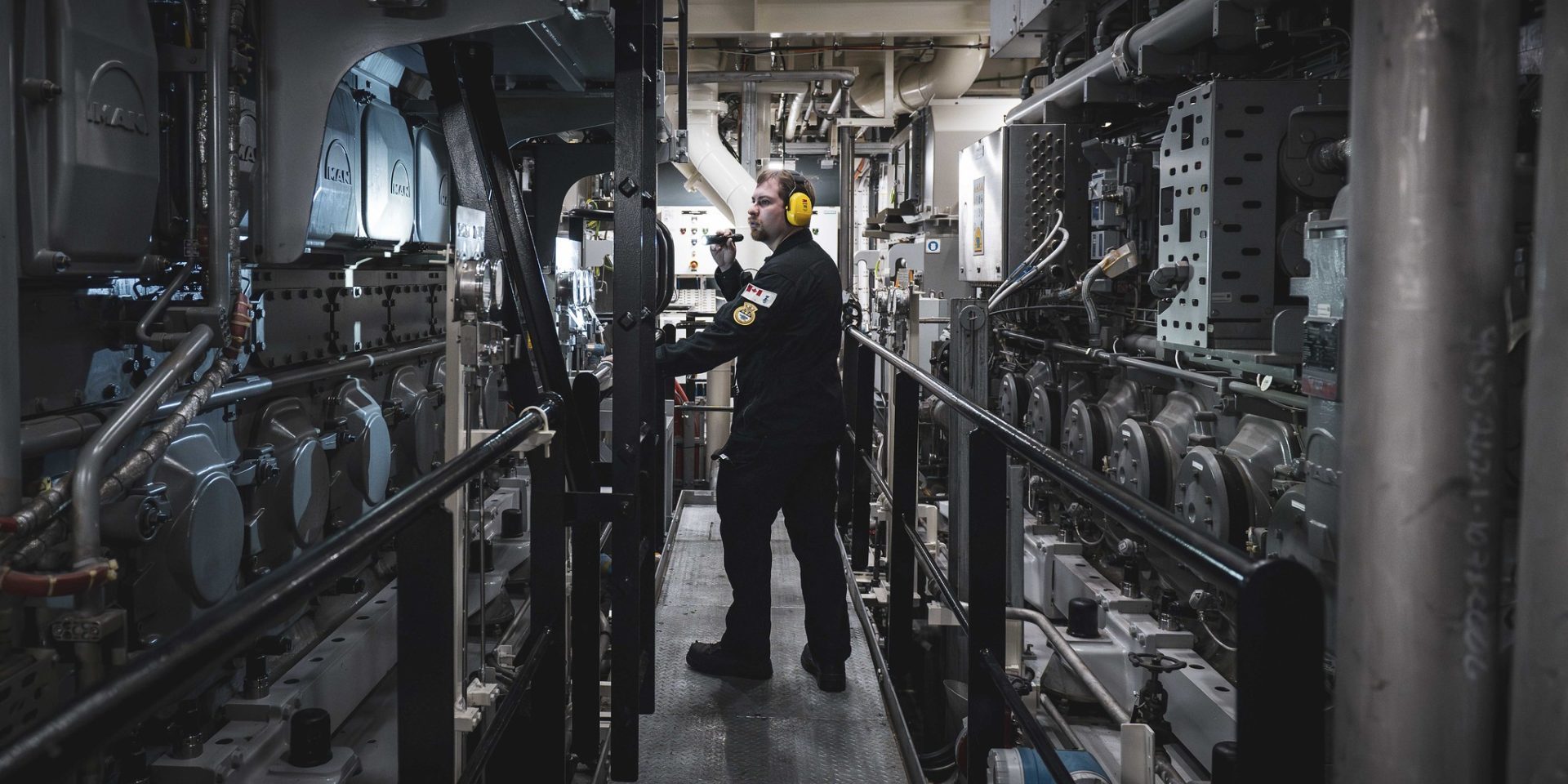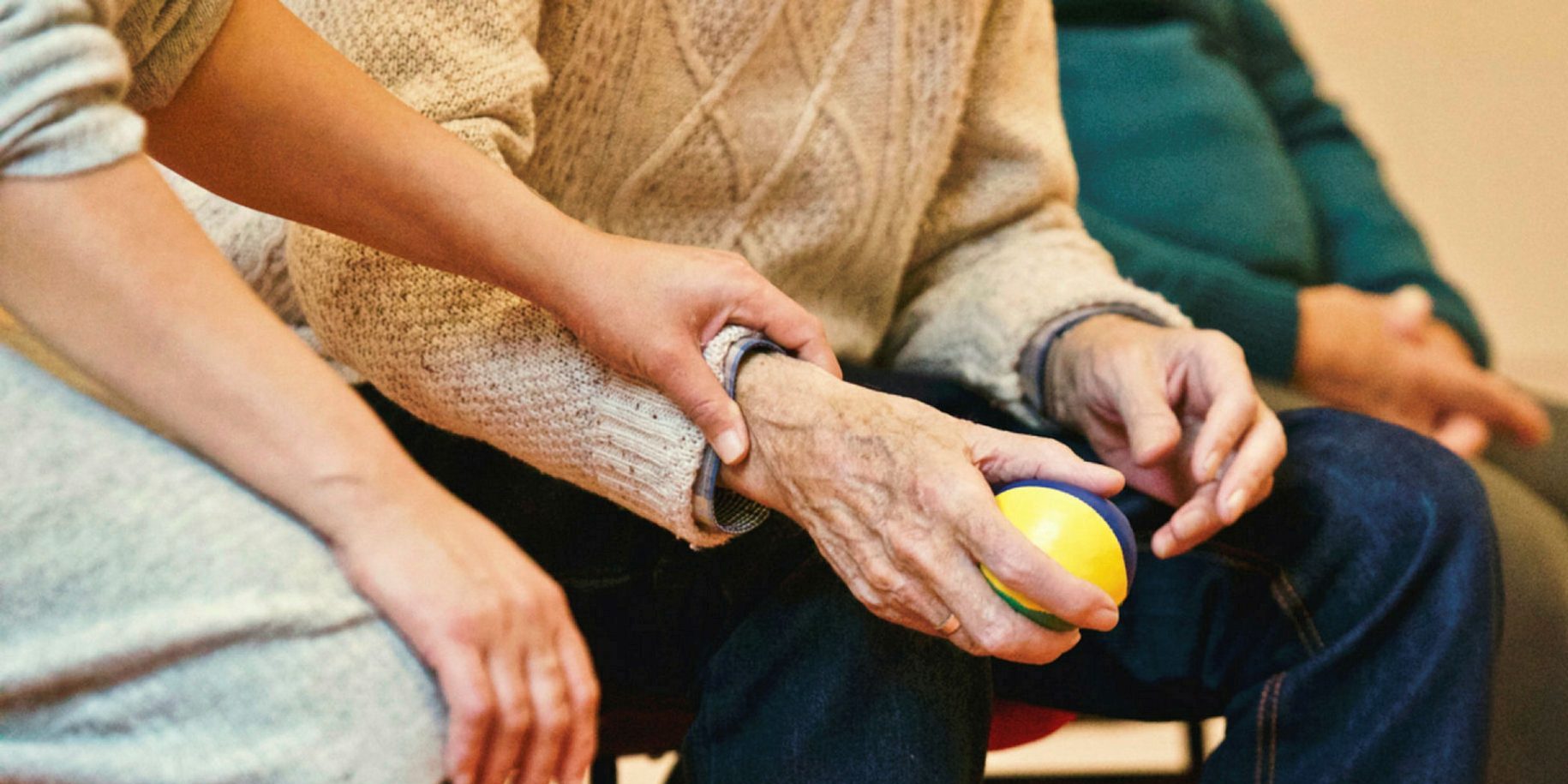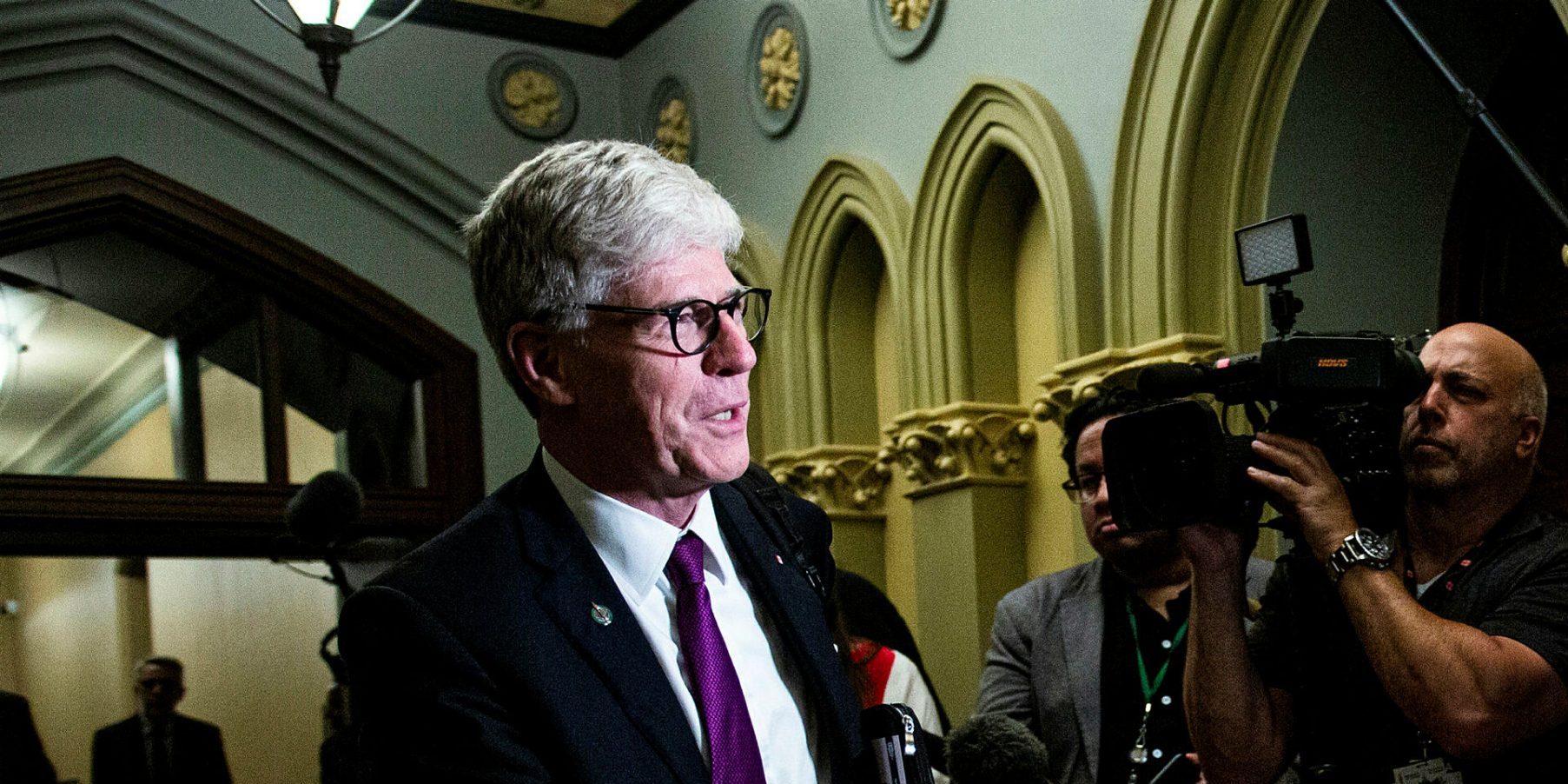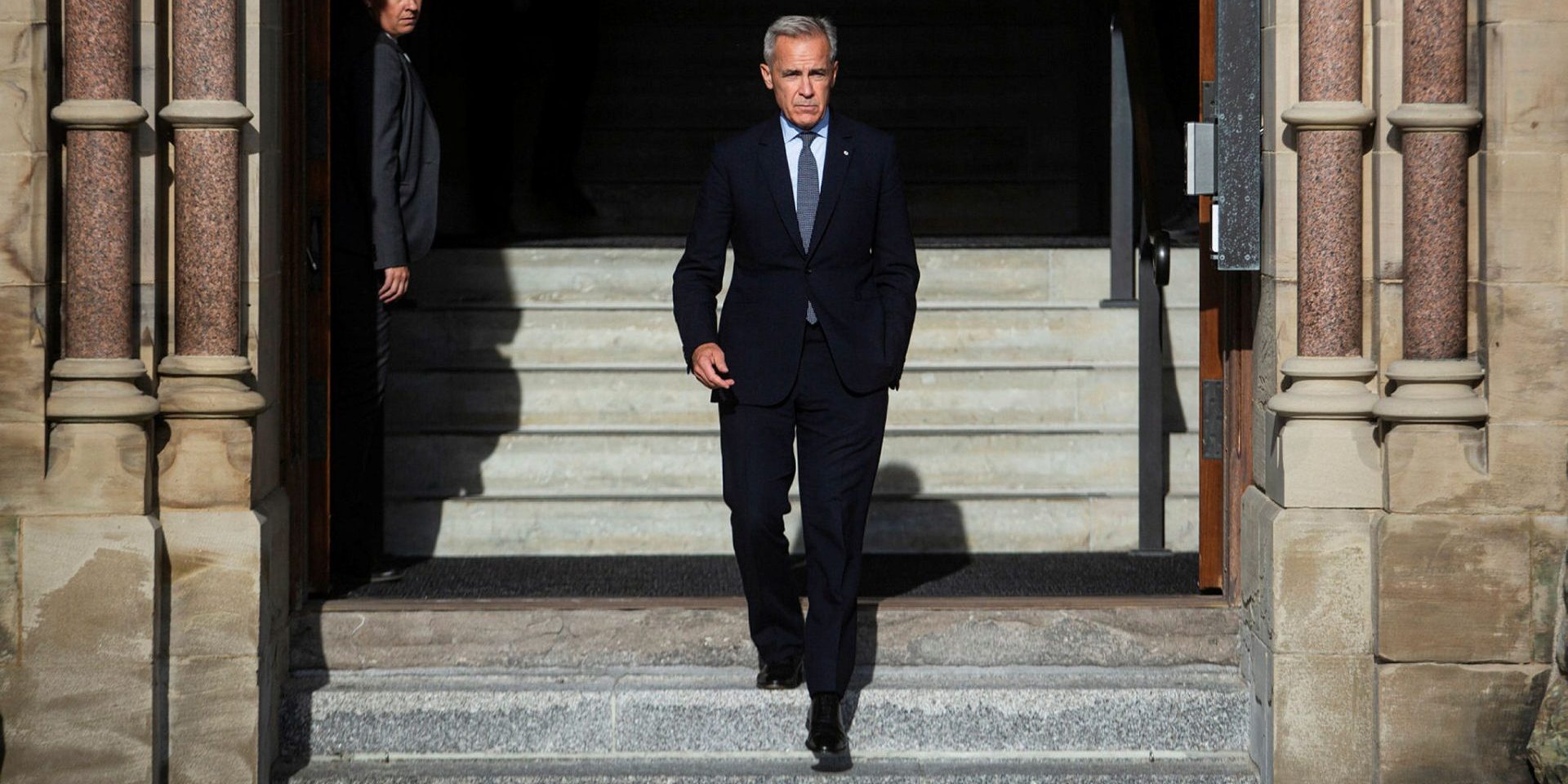Carney’s CAF spending spree

OTTAWA—On June 9, in front of a backdrop of assembled reservists at the Fort York armoury in Toronto, Prime Minister Mark Carney announced that Canada would boost defence spending immediately.
Rather than wait until 2035, Carney now plans to spend the NATO alliance target of two per cent of gross domestic product on defence and security this current fiscal year. That means a whopping $62.7-billion annually. To do that, Carney is providing the Department of National Defence with $9.3-billion extra to spend before April 1, 2026. The rest of the increase comes from counting the money being spent on defence and security at the other federal departments.
Given that the Canadian Armed Forces is woefully short of everything, one would think that a short-term wild buying spree would be welcome news.
Unfortunately, the one resource which the CAF is critically lacking is something that cannot be easily bought, and that is trained personnel.
Defence Minister David McGuinty has announced a 20-per-cent across-the-board pay hike for service members with additional bonuses for training and exercises. That will help to retain some personnel who are considering release, and may attract more civilians into recruiting centres.
However, as the CAF’s own numbers reveal, it is not a shortage of recruits that is leading to the personnel shortfall—it is the inability to provide these recruits with trades training once they’re in uniform. Statistically, the highest proportion of those seeking release from the CAF are those who graduated from basic military training at the Canadian Forces Leadership and Recruit School in Saint-Jean-sur-Richelieu, Que., and then sat idle for months, unable to get course loaded on trades training.
A bigger paycheque may cause some of them to grumble, and ultimately stick around. However, having them simply wearing a uniform does not provide relief for the burnt-out personnel who are trades qualified, and therefore in high demand for operations.
A recent internal Readiness Report showed that nearly half of all weapons platforms across all three branches of the CAF are unserviceable at any point in time. This is due to a combination of the advanced age of those platforms, a lack of spare parts in the system, and, most importantly, a shortage of trained specialists to keep them in working order.
Hefty re-signing bonuses to recently released skilled technicians might help in that regard, but I have yet to hear that idea being floated by the Liberal government.
Carney also announced that the new spending will include provisions for better accommodations on bases all across Canada. This, too, will be a boost to the morale of those currently serving.
No doubt the flurry of recent media stories—particularly in Halifax regarding homeless serving sailors couch surfing due to a lack of suitable housing—would have deterred more than a few would-be recruits in the past. However, given the housing crisis Canada faces nationwide, finding developers and construction companies to get shovels in the ground before next April will be a challenge.
When it comes to big-ticket items like fleets of fighter jets or warships, there is no such thing as truly “off the shelf.” No defence company makes sophisticated weapons platforms on speculation that they might find a buyer.
If Canada were to seek an “instant” solution to acquire a much-needed combat capability like low-level air defence, or first-person-view (a.k.a. FPV) drones, this would have to be a government-to-government exchange.
This was the case when Canada acquired the four used and mothballed British Upholder-class submarines (renamed the Victoria class in current Canadian service). This was also the case when Canada acquired M-777 howitzers from the United States Marine Corps, six Chinook heavy-lift helicopters from the U.S. air force, and 20 Leopard II main battle tanks from the German army.
Of course, those were necessary acquisitions due to the level of conflict in Afghanistan. It would be difficult for Carney to justify sidestepping Canada’s tangle of procurement red tape just to get money out the door before the now-magical date of April 1, 2026.
Carney has said that he hopes to have a deal signed to include Canada in a new European-centric defence pact, and to decrease our nearly 75-per-cent reliance on U.S.-built weapons systems. All of this comes in advance of the NATO leaders summit in the Netherlands at the end of June.
Which makes all of Carney’s recent spending announcements seem like they are “a day late and a buck short.” After the recent ministers’ summit in Brussels, Belgium, the NATO secretary-general announced that the alliance intends to raise the spending objective to a whopping five per cent of GDP by 2032 or possibly 2035. Given Canada’s lucrative GDP, that would mean tripling the current budget to more than $150-billion annually.
No matter how you slice it, that is a lot of cheese.
Scott Taylor is the editor and publisher of Esprit de Corps magazine.
The Hill Times






 LICENSING
LICENSING PODCAST
PODCAST ALERTS
ALERTS


